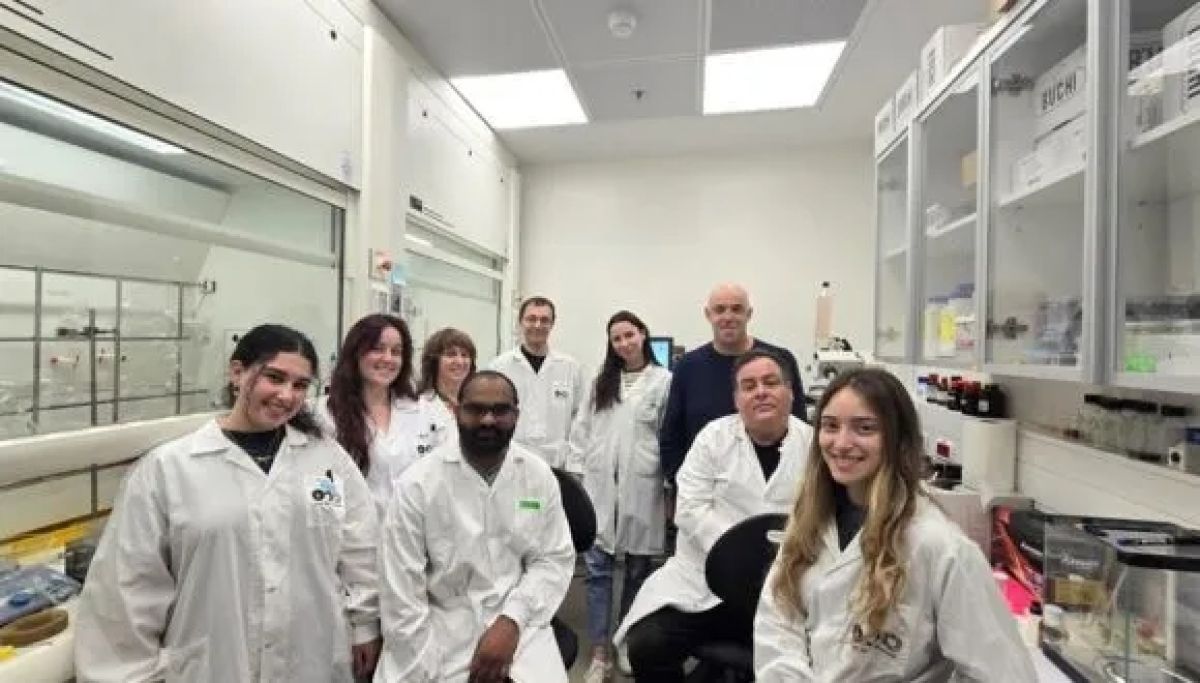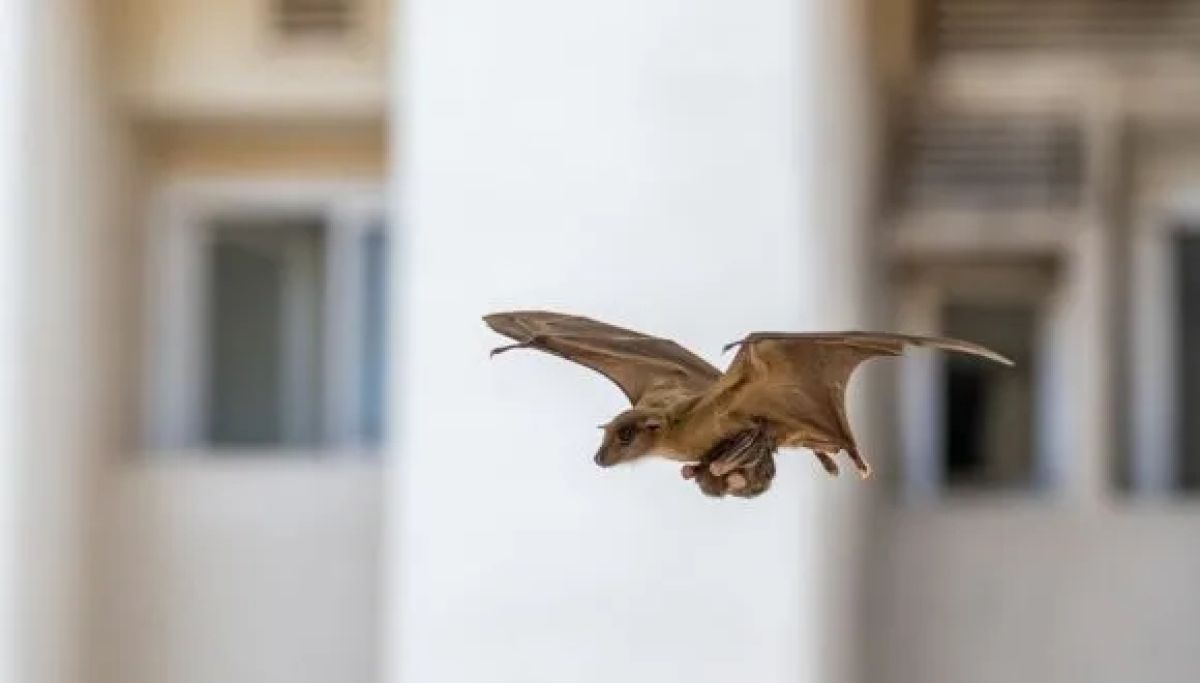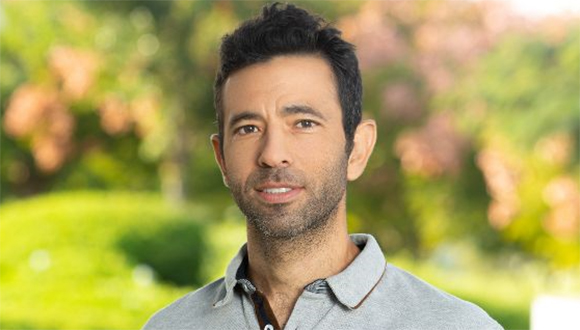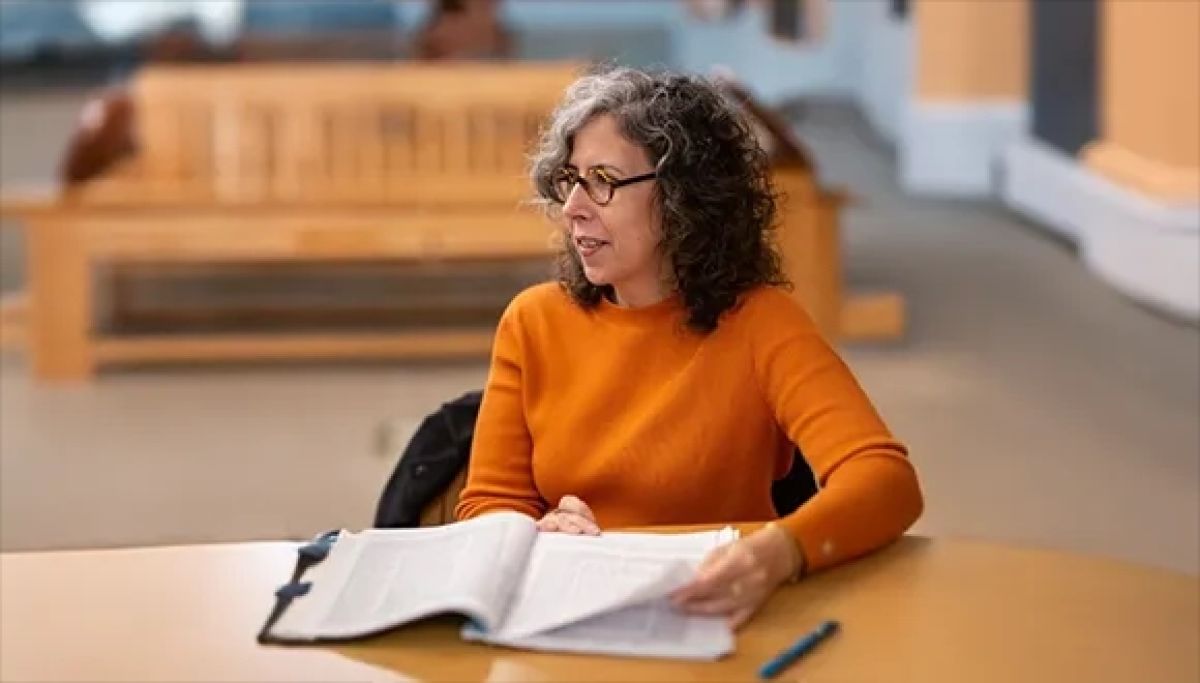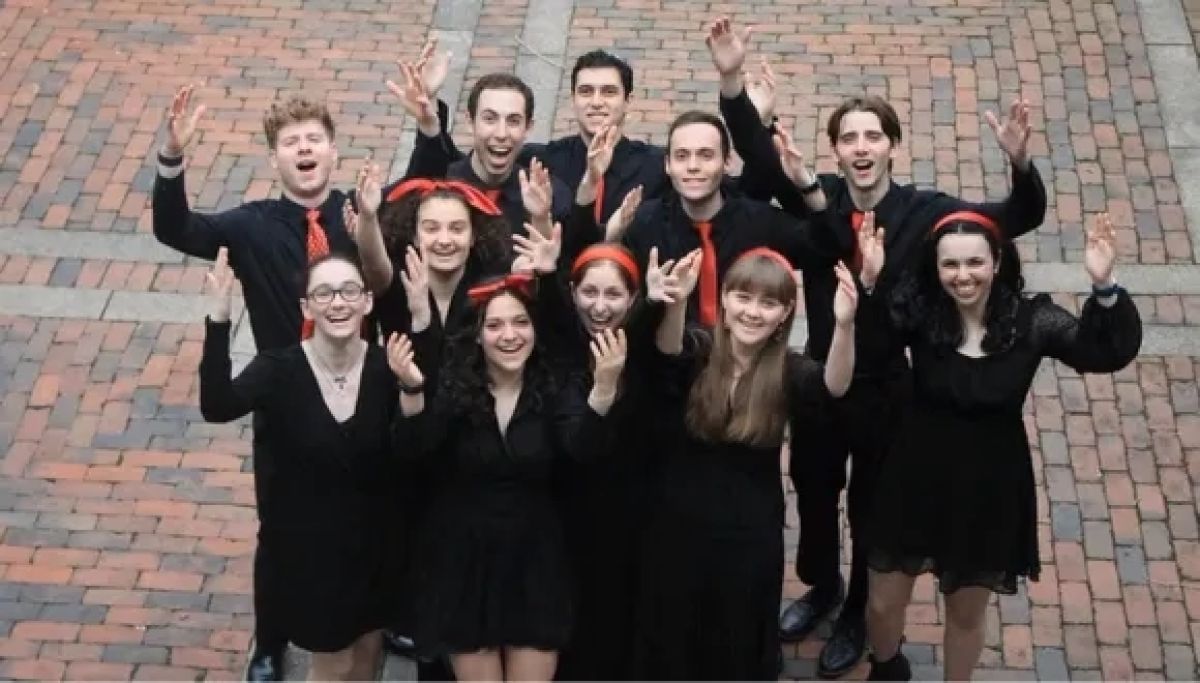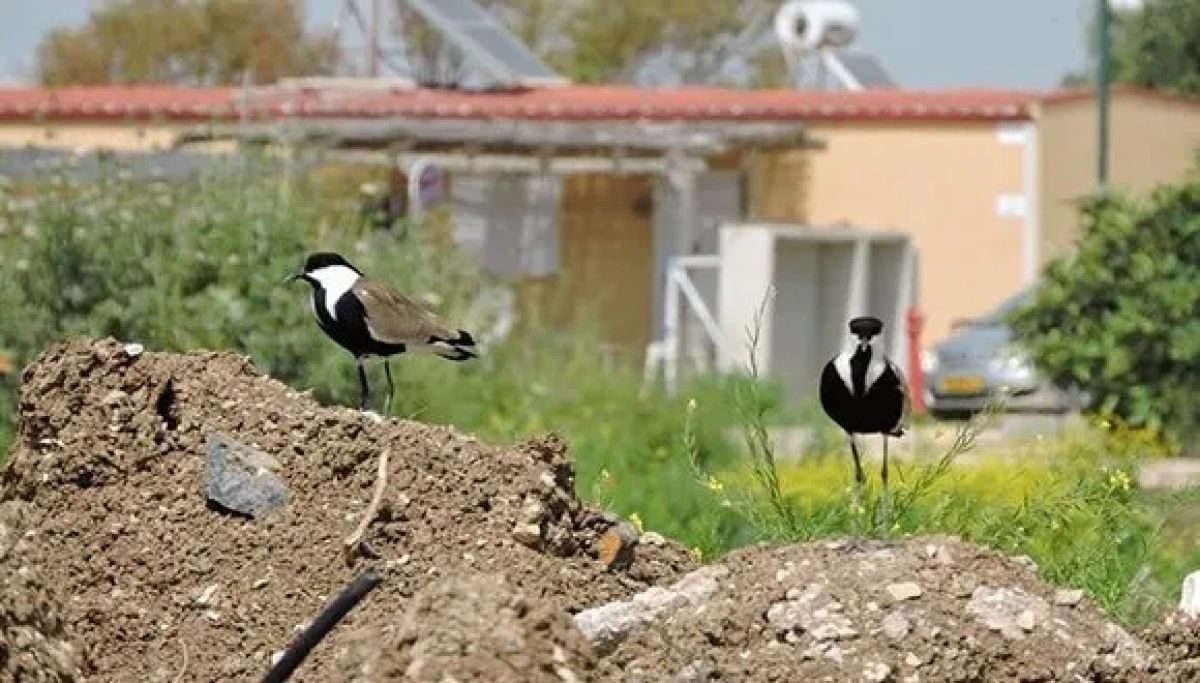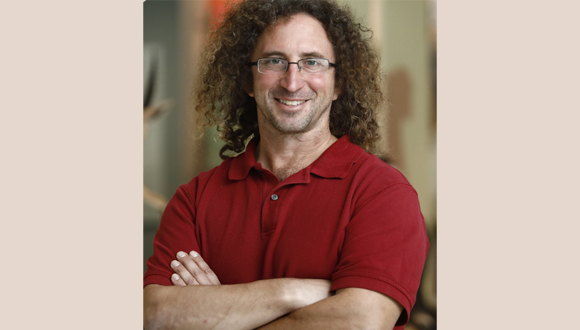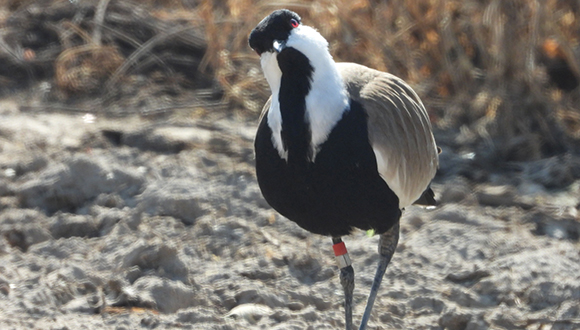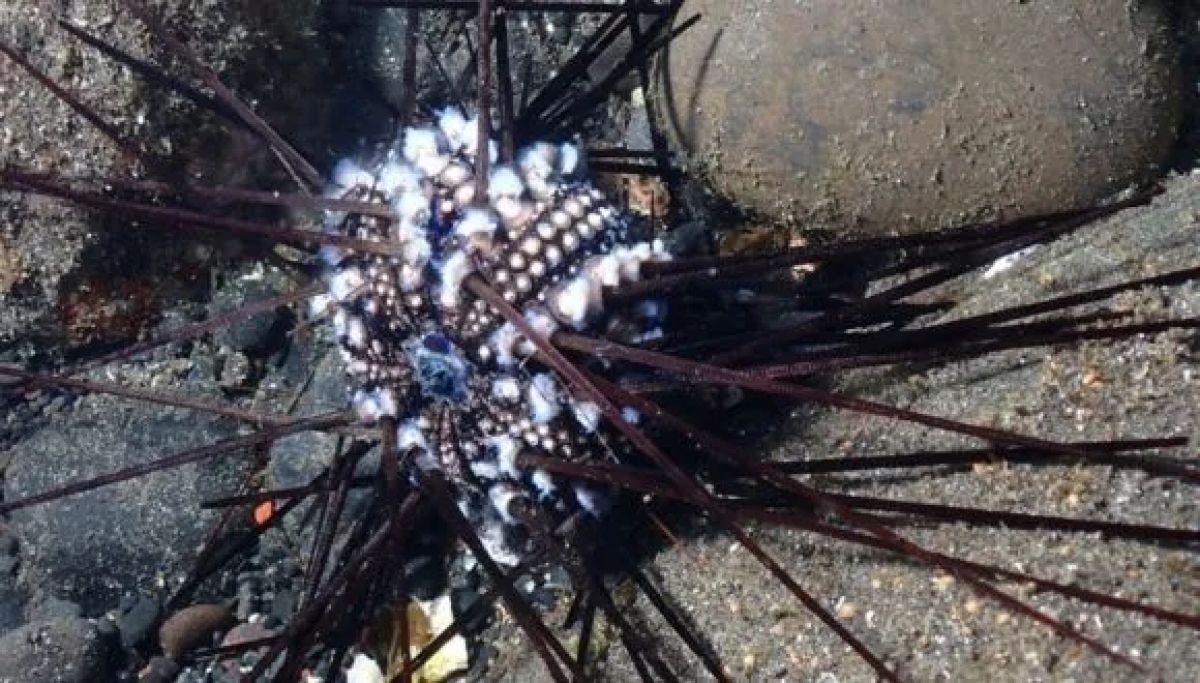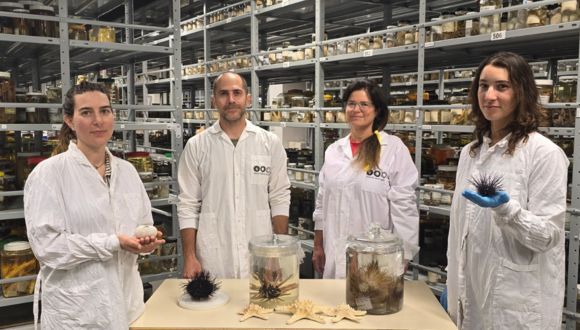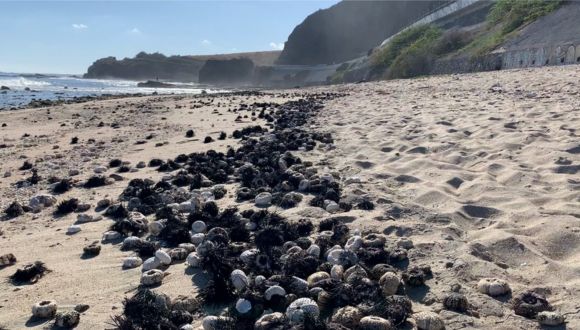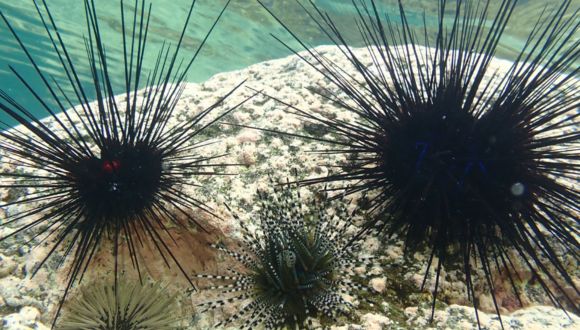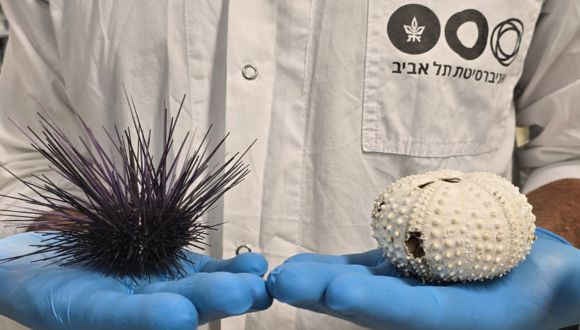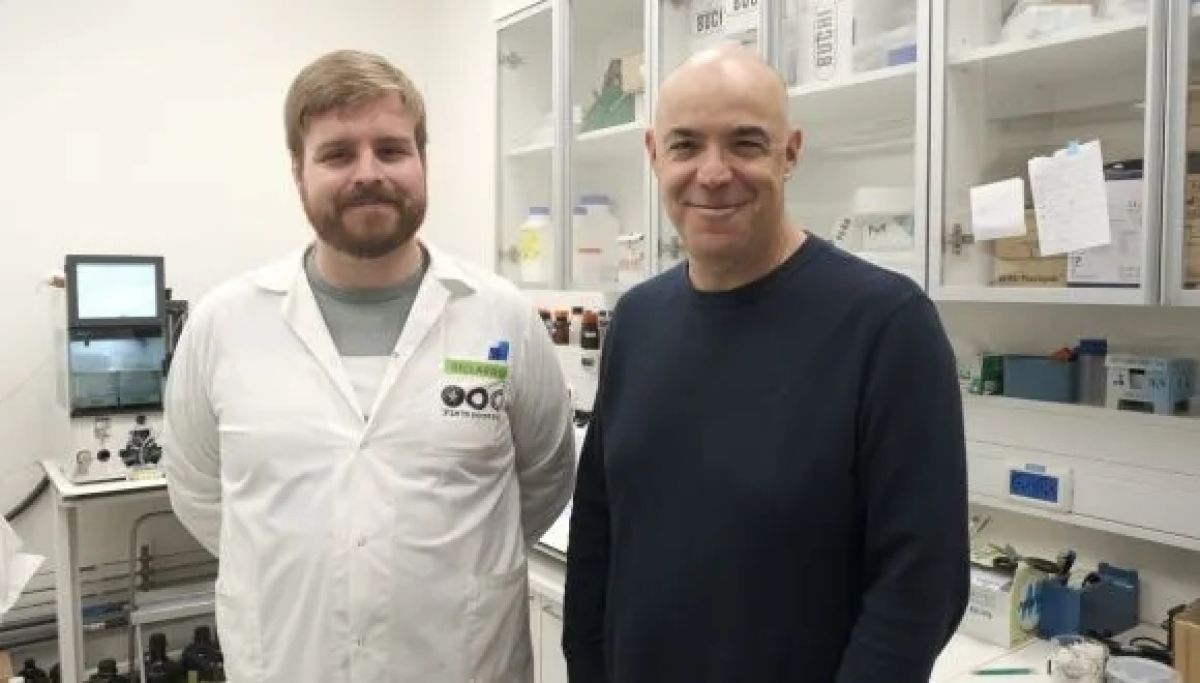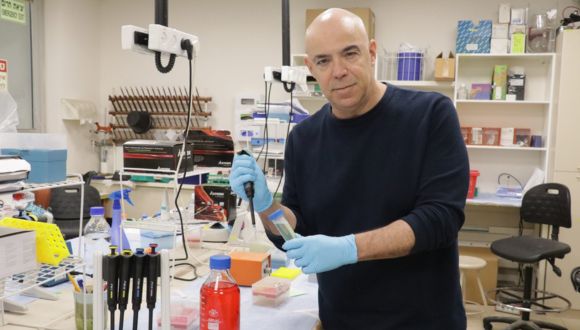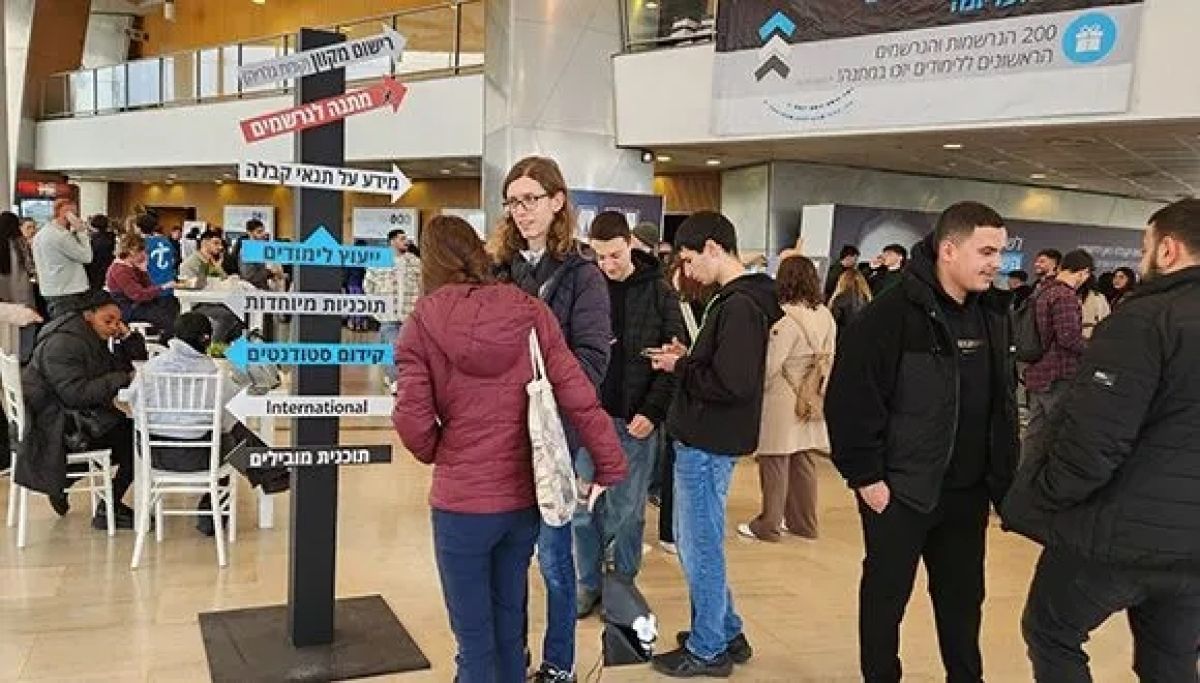TAU Breaks Israeli Record in Space
Tevel 2: Israel’s Largest Satellite Constellation Launch.
The Ministry of Innovation, Science, and Technology, Tel Aviv University, and nine municipalities across Israel have announced an unprecedented milestone in space research and scientific education: a constellation of nine research nanosatellites—the largest Israeli satellite constellation ever—has been launched into space from Vandenberg Space Force Base in California. The nanosatellites, each measuring 10×10×11.3 cm, were designed and built by high school students from across the country. They were launched into low Earth orbit at an altitude of 500 kilometers aboard a SpaceX Falcon 9 rocket.
Gila Gamliel, Minister of Innovation, Science, and Technology: “The Tevel 2 project symbolizes the pinnacle of Israeli innovation, combined with scientific and technological education. This is an especially emotional moment for me — to see young people from all sectors of Israeli society working together, transforming a dream into reality, and making history in space. What these talented students have accomplished is nothing short of amazing — they have built the largest Israeli satellite constellation ever launched! I am especially proud of the first-ever Druze satellite and the moving memorial mission of the Sha’ar HaNegev satellite. Our substantial investment in this initiative is not just an investment in technology — it is an investment in you, the next generation of Israeli space scientists and engineers”.
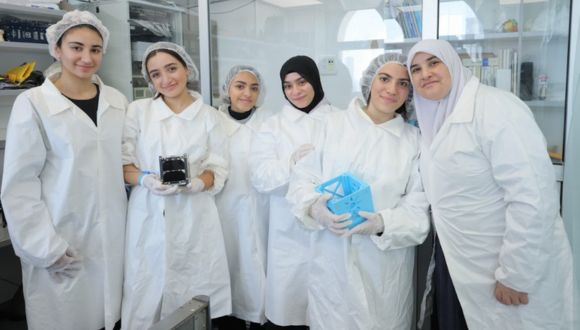
Tevel2 students testing environmental conditions at the satellite laboratory at Tel Aviv University (photo credit: Ronen Horesh).
Scientific and Educational Innovation
The revolutionary Tevel 2 project combines scientific innovation with a pioneering educational and social vision. This 10.5m NIS project — initiated and funded by the Israel Space Agency at the Ministry of Innovation, Science, and Technology — connects different communities within Israeli society and promotes equal opportunities in science and technology education, while combining scientific innovation with educational and social objectives.
The satellites were built under the guidance of Tel Aviv University’s Faculty of Engineering, in R&D centers established in nine municipalities throughout the country, uniquely incorporating diverse populations: five Jewish municipalities (Yeruham, Sha’ar HaNegev, Ma’ale Adumim, Givat Shmuel, and Herzliya), three Arab municipalities (Ein Mahil, Tayibe, and Kafr Qara) and one Druze municipality (Yarka).

A representative photo of students in the Tevel2 project. The project includes Jewish, Arab, and Druze students from 9 municipalities across the country (photo credit: Sivan Shachor).
Brigadier General (Res.) Uri Oron, Director General of the Israel Space Agency: “The Tevel 2 project is a testament to the power of Israeli innovation. We see here a winning combination of scientific excellence, technological education, and societal integration. These satellites will not only provide crucial scientific data; they will also serve as an inspiration for the next generation of Israeli space scientists”.
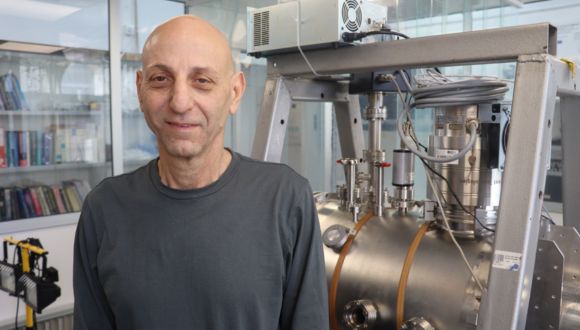
Prof. Meir Ariel.
Groundbreaking Scientific Research
The satellites, built in special clean rooms in nine municipalities across the country, will perform an important scientific mission.
Prof. Meir Ariel, Head of the Space Engineering Center at Tel Aviv University’s Faculty of Engineering, explains: “The satellite constellation is designed to measure cosmic radiation in orbit. Cosmic radiation consists of high-energy particles (mainly protons) originating from the Sun, and events in the deep universe, such as supernova explosions. While life on Earth is relatively protected from this radiation by the planet’s magnetic field and atmosphere, astronauts in space and electronic systems on satellites are exposed to this potentially harmful radiation”.

Tevel2 satellites are ready to be sent to the US for integration into SpaceX Falcon 9 launcher after undergoing environmental tests at the Satellite Laboratory at Tel Aviv University (photo credit: Ronen Horesh).
The nanosatellites, launched as a clustered swarm from the Space Force base in California, are expected, over time, to disperse randomly in their orbit, ultimately creating an accurate high-resolution map of cosmic radiation at every point above Earth’s surface. Another experiment will examine the radiation’s effects on the satellites’ electronic components. The data will be analyzed by the students under the guidance of researchers from Tel Aviv University and the Soreq Nuclear Research Center, where the space radiation sensors were developed.
It should be noted that a significant part of this project is dedicated to promoting science education and strengthening Israel’s social periphery. The satellites were built by outstanding high school students who joined the program in the 10th grade and are now completing the 12th grade. The students worked in R&D centers, complete with clean rooms, established by Tel Aviv University in the nine participating municipalities specified above. Satellite communication stations connected to the main station at Tel Aviv University were set up in Herzliya, Yeruham, Givat Shmuel, and Sha’ar HaNegev, enabling students to control and receive data from the satellites.
One of the program’s main goals is to promote scientific education in Israel’s periphery and provide students from remote regions with an equal opportunity to participate and excel in a national project. This is a key aspect of the visions of the Ministry of Innovation, Science, and Technology, the Israel Space Agency, and Tel Aviv University – all deeply committed to Israeli society and working to reduce social inequality and provide equal opportunities through a variety of affirmative action programs and extensive community initiatives.

Students work on the satellite in the clean room (photo credit: Tapuach Pais, Tayibe).
Commemoration and Remembrance
In addition to its scientific tasks, the project also includes a unique memorial mission: Sha’ar HaNegev’s satellite will telemetrically transmit the names of all Israeli civilians and soldiers killed from October 7, 2023, through December 2024, with the signal displayed continuously, throughout the satellite’s lifespan, on the website of the Israel Space Agency. This unique commemoration holds special significance, since the Sha’ar HaNegev Regional Council suffered great losses in the October 7 attack, with its Mayor Ophir Libstein ז”ל killed by terrorists while defending his community. Moreover, the Sha’ar HaNegev students who participated in the project itself had been evacuated from their homes for many months.
The satellites will remain in orbit for approximately three years, during which they will provide essential scientific data and serve as an inspiration for the next generation of Israeli space scientists and engineers.


